Long before you and I arrived on earth, people have walked the land knowing the names and stories of the plants, animals, rocks, and rivers. They knew the use of each plant, what ailments it cured, and how to harvest and care for it. They knew where animals burrowed and what sounds and tracks they made. They received the gifts of the land and took care of the land in return. These people may have been your great-grandparents or parents if you are of Indigenous descent. But if you’re like me and most people residing in what is now called North America, the living relationship that Native people have with the earth is one that you’d have to go back many, many generations to find in your ancestry.
At one point, we were all Indigenous. We all came from someplace and had ancestors who knew their surroundings intimately because such knowledge was essential for their survival. Today, however, most of us scan our surroundings and barely register the elements of the intricate ecosystems that filter our air and water, improve our soil, and sustain our lives. Histories of migration, sometimes voluntary and sometimes forced, have disconnected us from our ancestral lands. The legacy of colonization has also imposed a framework of conquest and extraction, making it harder for us to see our natural environments other than as resources to be used.
Many of us, including here at A Rocha, are on a journey of restoring our relationships with the places we live, reweaving the threads of care, responsibility, and mutuality between humans and the rest of creation that have been severed by colonialism and other forces. As we take up once again the holy work of earthkeeping, Indigenous and local communities are critical partners in our work.
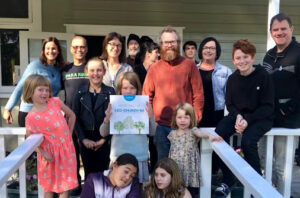
A Rocha Aotearoa New Zealand partners with the Para Kore a Māori organization to develop a zero waste initiative for their Eco Church program. Para Kore runs zero waste education programs from an Indigenous Māori point of view. “A Te Ao Māori worldview is based on the interconnectedness of all things in our world,” said Paul Murray, an education specialist at Para Kore. “We are related to all living and nonliving things. We as people are very much part of nature, part of creation. We’re not separate from it. We are our water and our lands and our lands and our water are us.”
Murray continued that in earlier times Indigenous societies did not have the waste and pollution issues we have today: “They lived in balance with nature’s provision and held culturally embedded scientific knowledge which governed how we related to the natural world and how we worked within these systems.” As we come to terms with our throwaway lifestyles, the plastic in our oceans, and the chemical and industrial byproducts poisoning our soil, air, and water, the examples of Indigenous communities who live in interconnected relationships with our places, our water, and our land show that it doesn’t have to be this way.
These communities have long found creative ways to use all parts of a plant or animal, work with what is locally available, and leave the places they inhabit better than when they arrived.
As creation groans under the burden of our reckless industrial practices, it is more important than ever to learn from Indigenous people and apply their wisdom creatively in our situations.” – Liuan Huska
Understanding that we are part of creation rather than over and above creation makes the environmental work we do not just about protecting a certain species or natural area, but about caring for our human communities as an integral part of the ecosystem.
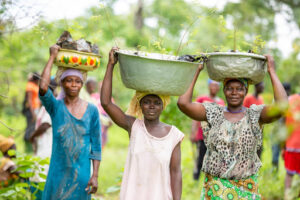
Nowhere is our interdependency with creation clearer than at the local level. A Rocha Ghana partners with Indigenous women in the Sunkpa Shea Women’s Cooperative to conserve the biodiverse Mole Ecological Landscape located in the Savannah Region of Ghana. The program also provides a sustainable livelihood for local people. When the project started in 2013, local women were already gathering shea nuts to produce butter as their main income source. But many factors made the work difficult: a hand-made, tedious process, lack of transportation, inconsistent markets and less than premium prices, and the felling of shea trees by charcoal producers.
A Rocha Ghana identified this industry as an “already existing livelihood which provides biodiversity, climate, and economic benefits to the locals on which we can develop the value chain to ensure maximum impact and sustainability,” said Project Manager Godwin Evenyo Dzekoto. After conducting a small study, Dzekoto and his colleagues began encouraging over 1,000 women to form cooperatives and training them in finance, business, parkland management, literacy, and other skills. The business Savannah Fruits Company stepped in to purchase the butter at better prices and a tripartite Conservation Agreement was established between all parties. The project recently won the prestigious Equator Prize, which recognizes outstanding contributions to poverty reduction and sustainable use of biodiversity.
The Sunkpa Shea story shows how our livelihoods depend on the health of our local ecologies, while our local ecologies thrive with responsible human care. Dzekoto sums it up: “Local communities understand their landscape better, they have traditionally been conserving resources, been involved in economic activities. These resources belong to them and they have strong social, cultural, and traditional attachments to them. Their participation is key to achieving our conservation goals. Unfortunately, they also bear the consequences and effects of negative occurrences such as climate change. We need to work with them to keep them as adaptive and responsive as possible.”
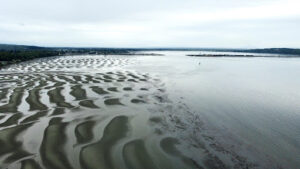
The conservation movement has not always included Indigenous communities. The formation of national parks in the United States, for instance, aimed to preserve “pristine” wilderness areas which were thought to be better off without human presence, failing to recognize that Indigenous peoples had stewarded these lands for millennia before European arrival. Native tribes were then prevented from hunting, fishing, and harvesting in national parklands, the same ones they had relied on for survival. Things are beginning to change in recent years. The National Park Service now makes it easier for tribes to gather plants for traditional purposes and some parks allow Native people to hunt or trap.
These and other historical missteps in conservation impact how we think about “protecting” or “restoring” an area. With the partnership of Indigenous communities, conservationists everywhere can do our work more effectively, learning from the long relationships local and Indigenous peoples have had with their surroundings, and recognizing that they have been taking care of the land for much longer than most of us.

A Rocha’s recent position paper on nature-based solutions acknowledges the value of Indigenous perspectives, stating that all our conservation work should involve the “free, prior and informed consent of Indigenous Peoples and local communities in a way that respects their cultural and ecological rights through ensuring transparency, inclusion, and equity.” In other words, local and Indigenous communities know their environment better and have more at stake. Their voices need to be centered in our work.
Furthermore, as Christians who anticipate the coming reign of Christ in all its beauty, we at A Rocha seek to conserve cultural diversity as well as biodiversity. To restore the brokenness of creation, we also need to address areas in our human communities where the beauty and diversity that God intends have been diminished. That includes recognizing how we’ve often ignored Indigenous voices in the church and the conservation community and seeking to do better now.
Today, A Rocha organizations worldwide are continuing and developing new relationships with Indigenous communities.
- In Peru, A Rocha has established a pilot project with the Monte Carmelo Machiguenga Indigenous Community to conserve and restore ecosystems and endangered species and preserve local cultural traditions and ancestral knowledge. The Machiguenga community manages around 20 thousand hectares of tropical forest, with 12.6 thousand hectares of primary forest committed to conservation.
- In Canada, A Rocha works with the Semiahmoo First Nation to clean up Boundary Bay. They join traditional ecological knowledge with science so that one day the Semiahmoo people may be able to harvest shellfish again. “If people could be put on the endangered species list, Semiahmoo people would be on it,” said Xwopokton, the Semiahmoo elected chief, whose English name is Harley Chappell. He continued, “We can’t access traditional food sources.” Chief Xwopokton is referencing the fact that polluted waters have made their tradition of shellfish harvesting unsafe and illegal on their land since the 1960s.
- In the United States, A Rocha recently formed a partnership with First Presbyterian Church of Honolulu’s Hakuhia project. They aim to steward 246 acres of former golf course property, integrating Native Hawaiian culture and wisdom while glorifying God and serving their community.
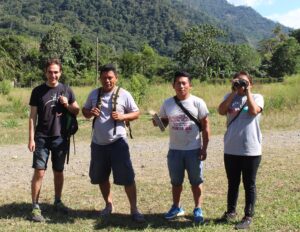
To partner well with Indigenous and local communities, we must constantly examine our motives and perspectives. Who are we including and not including? How can we expand our circles of care to include not just those we are comfortable working with? What tribal lands are we operating on? What are the histories of the places we live and the species names we use? What other local or Indigenous names might we find that help us more deeply understand these places? Are we willing to give up our privileges, resources, and how we think things ought to be done in order to be transformed within a wider community?
This is not always easy work, but it is vital and full of joy. It connects us not only to the broader community of humans and creation but also to our roots. “From dust you came and to dust you shall return,” said God to the first humans (Genesis 3:19). Each of our lineages, at one point, came from the land. With humility and help from Indigenous partners, we can each return to the right relationship with the earth.

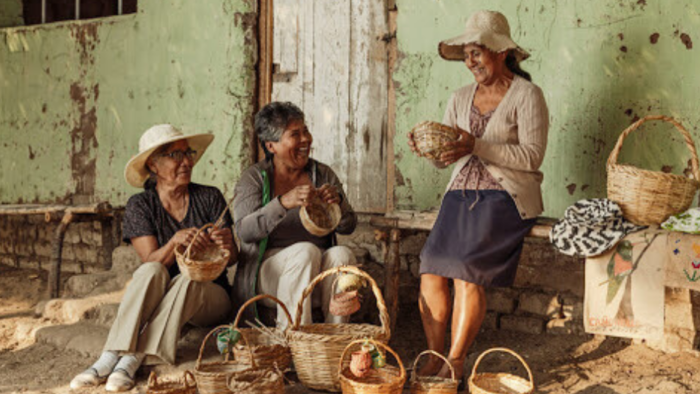





I want to express my appreciation for this well-researched and insightful post. It has expanded my knowledge.